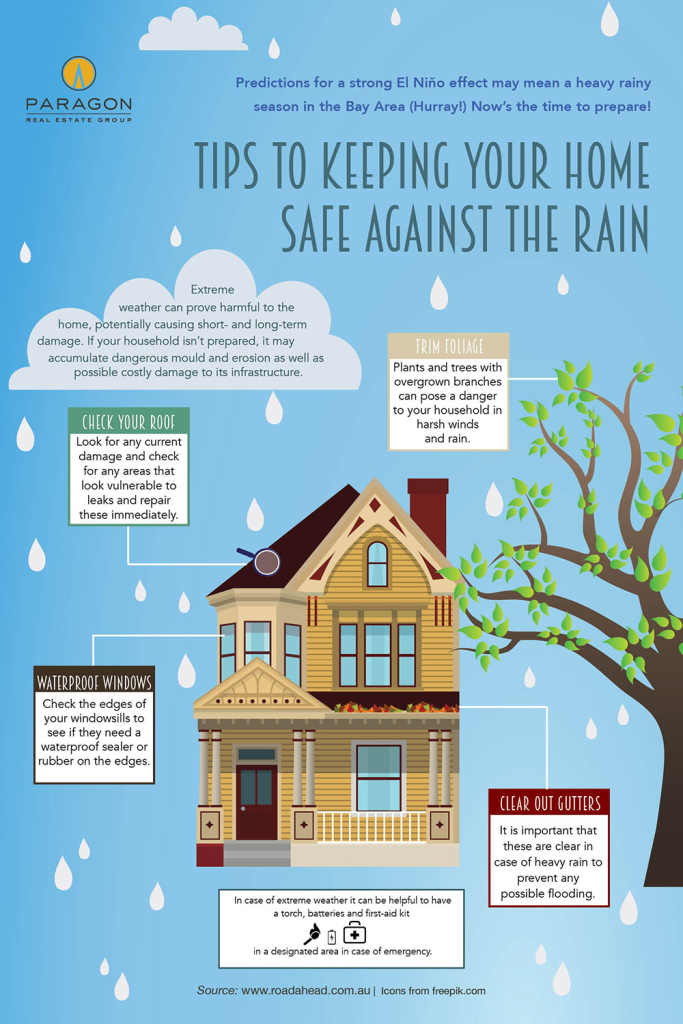Falling Short To Address Roof Covering Ventilation May Cause Significant Damages; Check Out The Important Elements That Contribute To An Effective Installment And Safeguard Your Financial Dedication.
Falling Short To Address Roof Covering Ventilation May Cause Significant Damages; Check Out The Important Elements That Contribute To An Effective Installment And Safeguard Your Financial Dedication.
Blog Article
Content By-Morrow Walls
When you're tackling a roof covering project, you might not assume much concerning roofing ventilation, but it's more essential than you realize. Efficient air flow assists control temperature and wetness in your attic room, protecting against issues like mold and mildew and structural damages. By comprehending exactly how to design and mount a balanced ventilation system, you can improve power performance and prolong the life-span of your roof covering products. So, what are the vital aspects to consider throughout setup that can make all the difference?
Relevance of Roofing System Air Flow
Roofing ventilation plays a critical role in keeping the total wellness of your home. By enabling fresh air to flow through your attic room, it helps regulate temperature and dampness degrees. This equilibrium is necessary to protect against warm build-up throughout hot months, which can result in increased energy costs as your air conditioning works overtime.
Furthermore, proper ventilation dramatically reduces the risk of moisture-related concerns like mold and mildew and mold. If moisture levels climb, your home's architectural honesty can be compromised, resulting in costly repair work. You wouldn't want to handle deteriorating timber or warped roof materials, right?
Furthermore, san antonio flooring expands the life expectancy of your roof. When warmth and dampness are kept in check, your roof can do optimally, protecting against early deterioration. This indicates fewer migraines and costs down the line.
How Roof Air Flow Functions
Effective roofing air flow depends on the all-natural activity of air to produce a balance in between consumption and exhaust. When you set up vents, you're essentially permitting fresh air to enter your attic while allowing hot, stale air to run away. This process aids control temperature and moisture degrees, avoiding concerns like mold growth and roofing damage.
Consumption vents, normally located at the eaves, reel in cool air from outside. On the other hand, exhaust vents, located near the ridge of the roofing system, let hot air surge and departure. The difference in temperature develops an all-natural airflow, known as the pile effect. As sky metal roofing , it creates a vacuum that draws in cooler air from the reduced vents.
To maximize this system, you require to make sure that the consumption and exhaust vents are correctly sized and positioned. If the consumption is restricted, you won't attain the preferred ventilation.
Furthermore, inadequate exhaust can catch warmth and wetness, resulting in potential damage.
Secret Installation Factors To Consider
When installing roofing air flow, numerous key factors to consider can make or damage your system's performance. First, you require to assess your roof covering's design. flooring contractors san antonio , shape, and materials all influence airflow and air flow option. Make certain to pick vents that match your roof type and local environment problems.
Next, consider the positioning of your vents. Preferably, you'll desire a well balanced system with intake and exhaust vents placed for ideal air flow. Place intake vents low on the roof covering and exhaust vents near the peak to encourage a natural flow of air. This setup helps prevent wetness build-up and advertises power effectiveness.
Do not forget insulation. Correct insulation in your attic room stops warm from running away and maintains your home comfortable. Make certain that insulation does not obstruct your vents, as this can prevent air flow.
Lastly, think of upkeep. Select air flow systems that are easy to gain access to for cleaning and examination. Normal upkeep guarantees your system remains to work properly gradually.
Final thought
To conclude, roofing system ventilation is necessary for a successful installment. By guaranteeing appropriate air movement, you can stop heat build-up and dampness problems that cause expensive damage. When you purposefully position intake and exhaust vents, you enhance power efficiency and lengthen the life expectancy of your roofing system. Keep in mind, a well-ventilated roof covering not just shields your investment but also enhances your interior air high quality. So, prioritize ventilation to make certain a durable and economical roof for your home.
